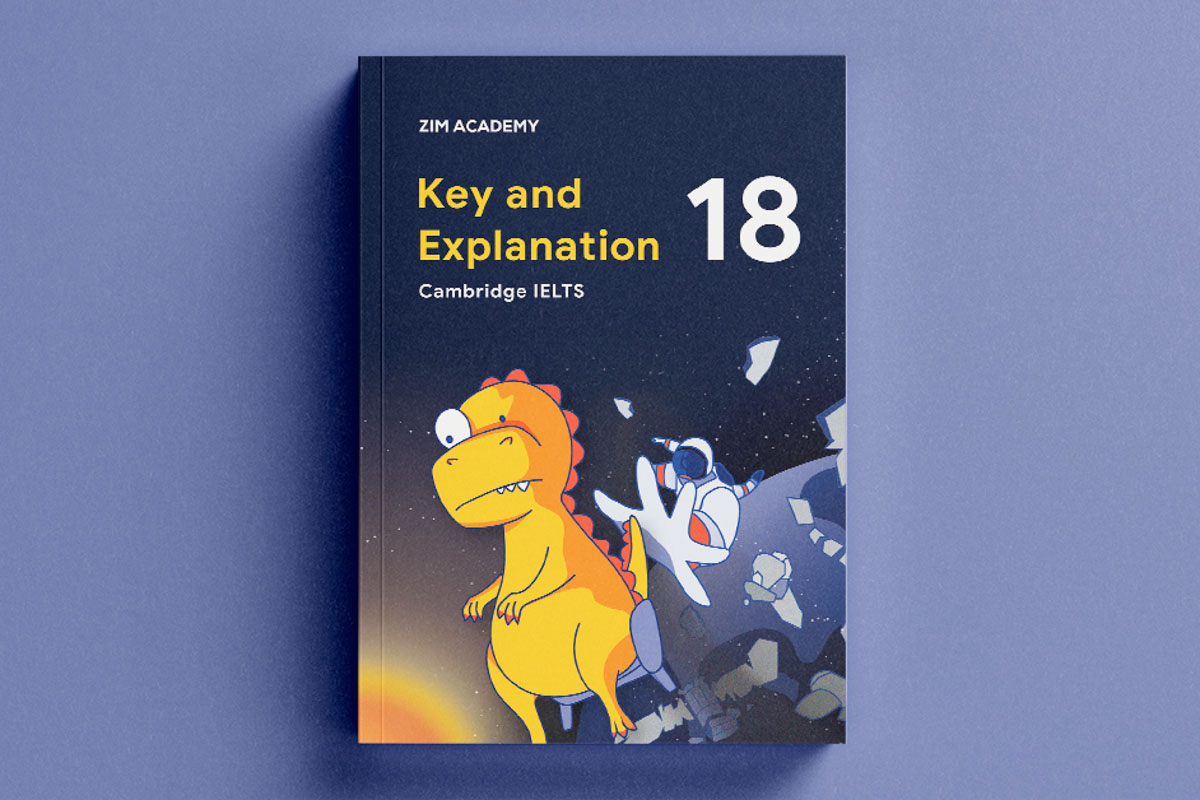Giải đề Cambridge IELTS 18, Test 2, Listening Part 3: The Laki eruption
Lưu ý: bạn đọc cần kiểm tra Audioscripts ở cuối sách, đồng thời kết hợp với phần giải thích đáp án trong bài viết này để quá trình tra cứu đáp án trở nên hiệu quả hơn.
Đáp án
Question | Đáp án |
|---|---|
21 | C |
22 | A |
23 | B |
24 | B |
25 | A |
26 | B |
27 | D |
28 | A |
29 | C |
30 | F |
Giải thích đáp án đề Cambridge IELTS 18, Test 2, Listening Part 3: The Laki eruption
Questions 21 - 24
Questions 21
Đáp án: C
Giải thích đáp án:
Giải thích |
|
|---|
Question 22
Đáp án: A
Giải thích đáp án:
Giải thích |
|
|---|
Question 23
Đáp án: B
Giải thích đáp án:
Giải thích |
|
|---|
Question 24
Đáp án: B
Giải thích đáp án:
Giải thích |
|
|---|
Question 25 -26
Đáp án: 25 -A; 26 -B
Giải thích đáp án:
Giải thích |
|
|---|
Question 27 - 30
Question 27
Đáp án: D
Giải thích đáp án:
Giải thích | Ở Iceland, ảnh hưởng nghiêm trọng nhất là đối với gia súc vì chúng bị nhiễm độc khi ăn cỏ có chứa fluorine ở cánh đồng. “Poisoned" cũng được hiểu là “sickness". Chọn đáp án D |
|---|
Question 28
Đáp án: A
Giải thích đáp án:
Giải thích | Ở Ai Cập, thời tiết cực đoan dẫn đến hạn hán, mất mùa và nạn đói, khiến số người chết cao nhất trong các quốc gia bị ảnh hưởng. “More people dying than any other country” là cụm từ được paraphrase của “suffered the most severe loss of life”. Chọn đáp án A |
|---|
Question 29
Đáp án: C
Giải thích đáp án:
Giải thích | Ở Anh, tỷ lệ tử vong do các bệnh về đường hô hấp đã tăng gấp đôi và tỷ lệ người chết dưới 25 tuổi đã tăng đột biến. “People under the age of 25” được hiểu là “young people". Chọn đáp án C |
|---|
Questions 30
Đáp án: F
Giải thích đáp án:
Giải thích | Ở Mỹ, tuyết rơi đến tận tháng 3 ở Virginia và băng trôi dọc sông Mississippi là các bằng chứng cho thấy mùa đông khắc nghiệt, “harsh winter". Chọn đáp án F |
|---|
Trên đây là bài mẫu gợi ý cho đề Cambridge IELTS 18, Test 2, Listening Part 3 được đội ngũ chuyên môn tại Anh Ngữ ZIM biên soạn. Thí sinh có thể thảo luận về đề thi và đáp án dưới phần bình luận hoặc tham gia diễn đàn ZIM Helper để được giải đáp kiến thức tiếng Anh luyện thi IELTS và các kì thi tiếng Anh khác, được vận hành bởi các High Achievers.
 Sở hữu sách “Cambridge English IELTS 18 Key & Explanation” để xem toàn bộ nội dung giải thích đáp án. Đặt mua tại đây.
Sở hữu sách “Cambridge English IELTS 18 Key & Explanation” để xem toàn bộ nội dung giải thích đáp án. Đặt mua tại đây.
- Cambridge English IELTS 18 - Key and Explanation
- Giải đề Cambridge IELTS 18, Test 2, Listening Part 4: Pockets
- Giải đề Cambridge IELTS 18, Test 2, Listening Part 3: The Laki eruption
- Giải đề Cambridge IELTS 18, Test 2, Reading Passage 3: An ideal city
- Giải đề Cambridge IELTS 18, Test 3, Listening Part 3: The Luddites
- Giải đề Cambridge IELTS 18, Test 1, Reading Passage 2: Forest management in Pennsylvania, USA
- Giải đề Cambridge IELTS 18, Test 3, Listening Part 4: Space Traffic Management
- Giải đề Cambridge IELTS 18, Test 3, Listening Part 1: Wayside Camera Club membership form
- Giải đề Cambridge IELTS 18, Test 3, Reading Passage 1: Materials to take us beyond concrete
- Giải đề Cambridge IELTS 18, Test 1, Reading Passage 2: The steam car
- Giải đề Cambridge IELTS 18, Test 2, Listening Part 2: Housing development

Bình luận - Hỏi đáp